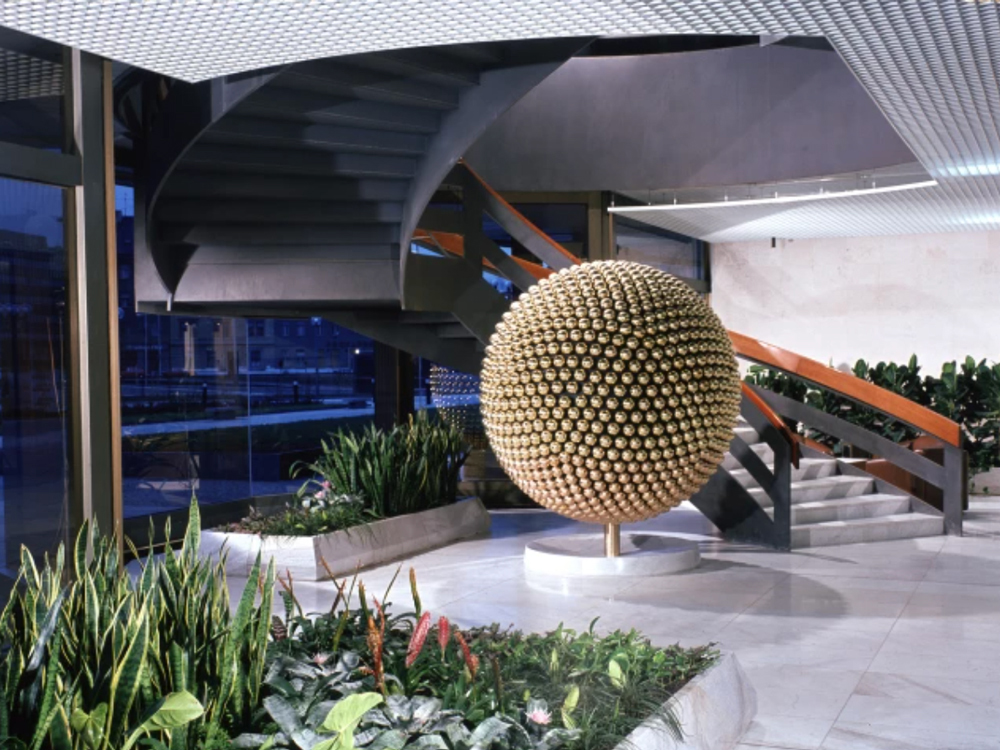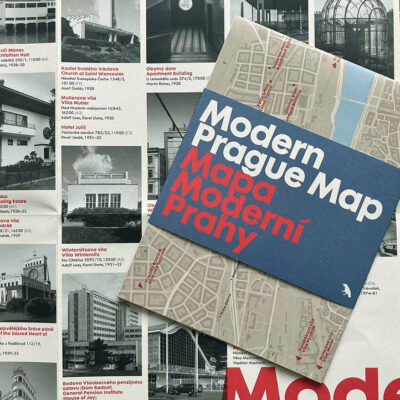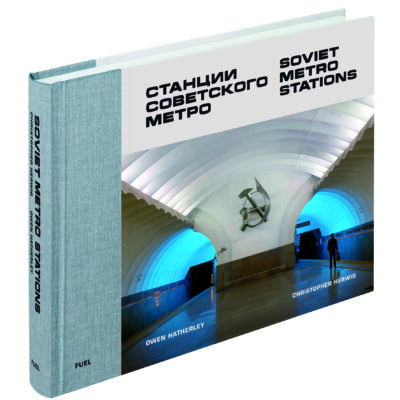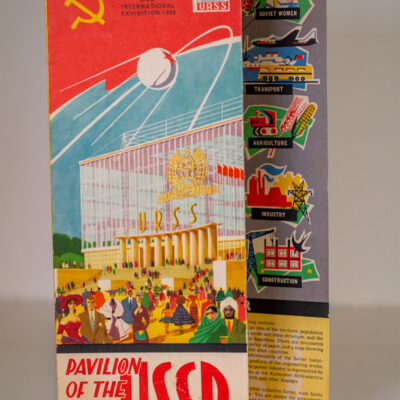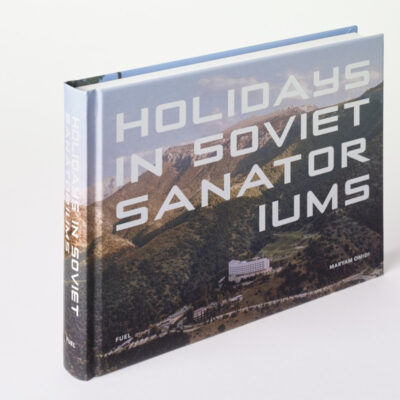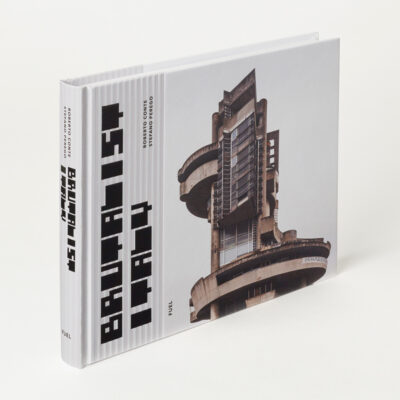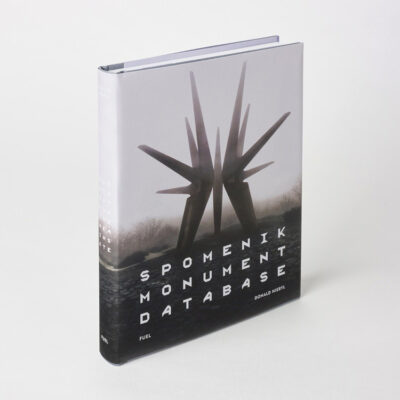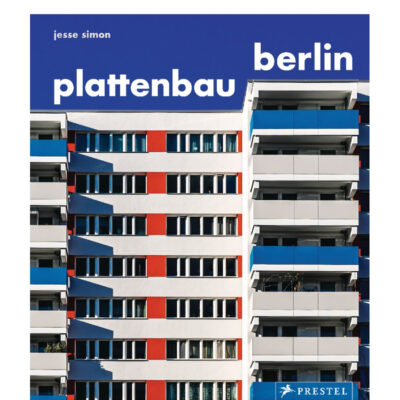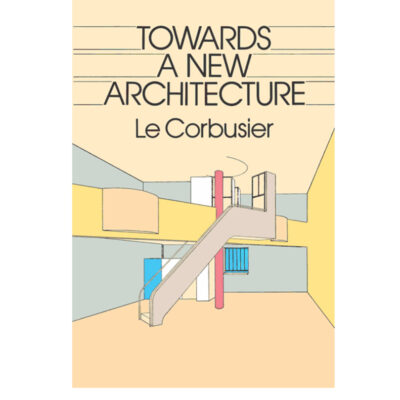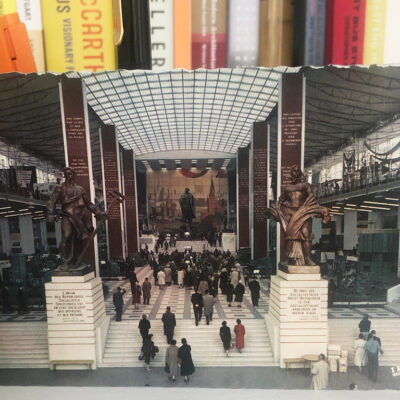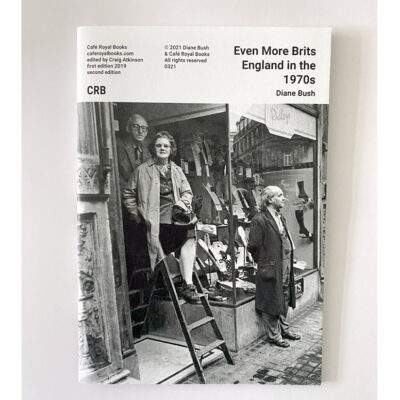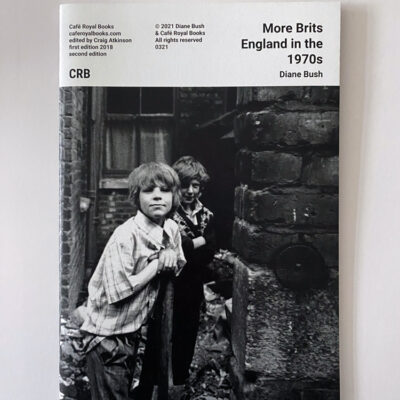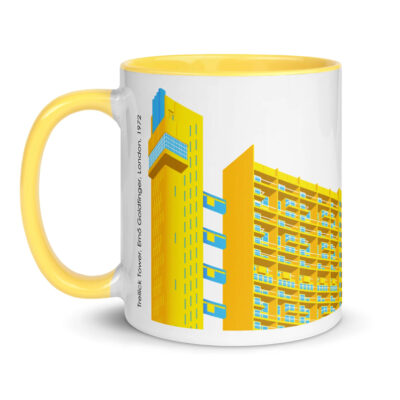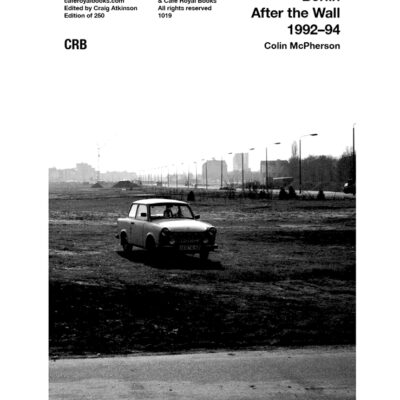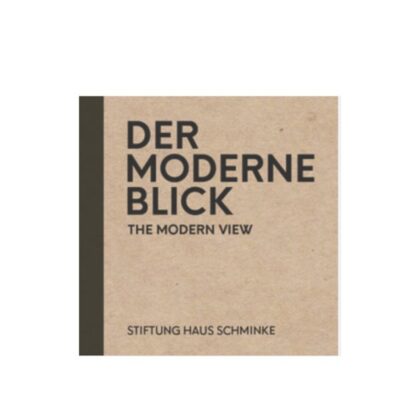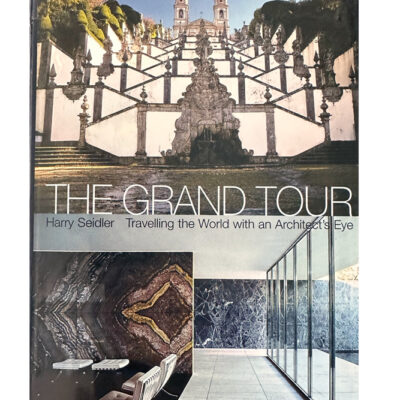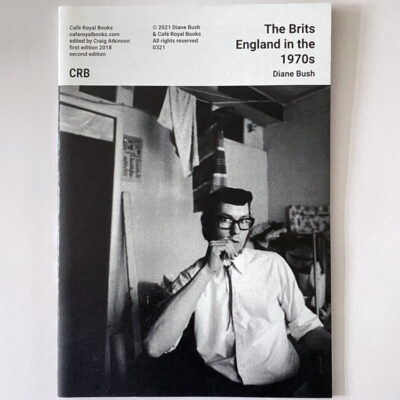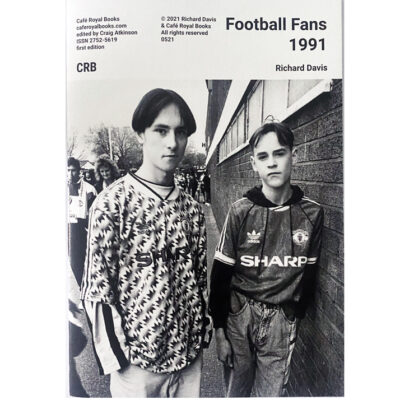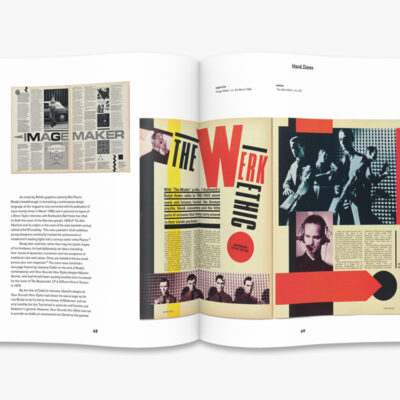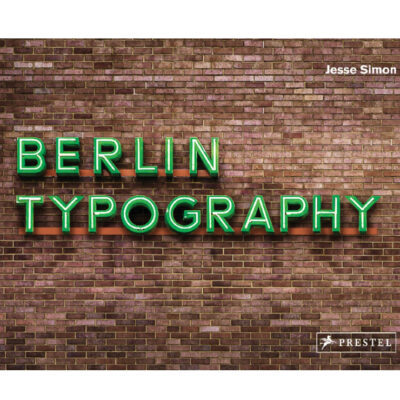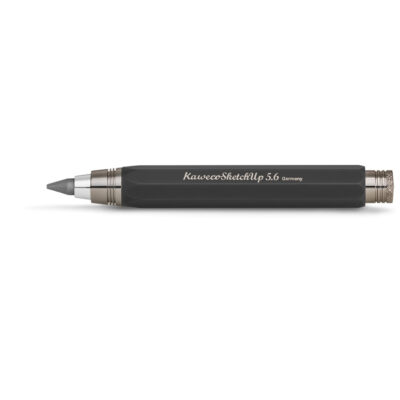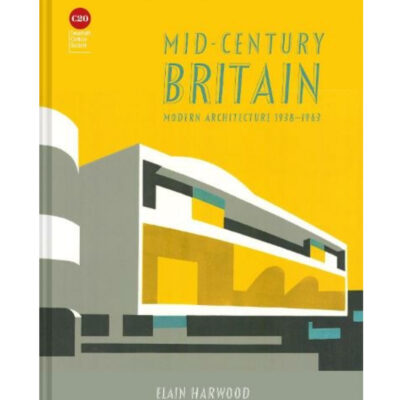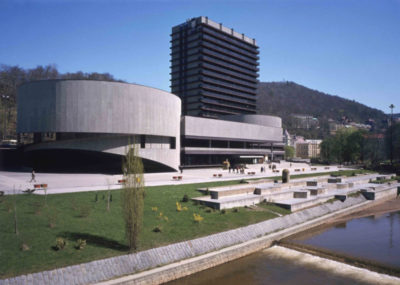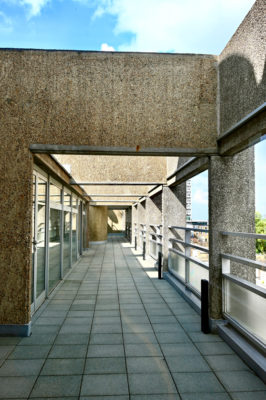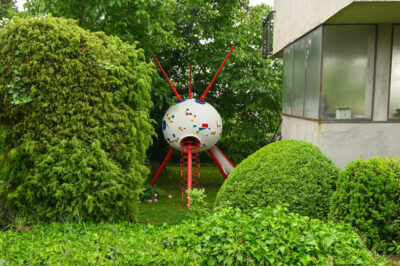Vladimir 518: Rethinking Architectural Narratives in Czech Architecture 1958 -1989
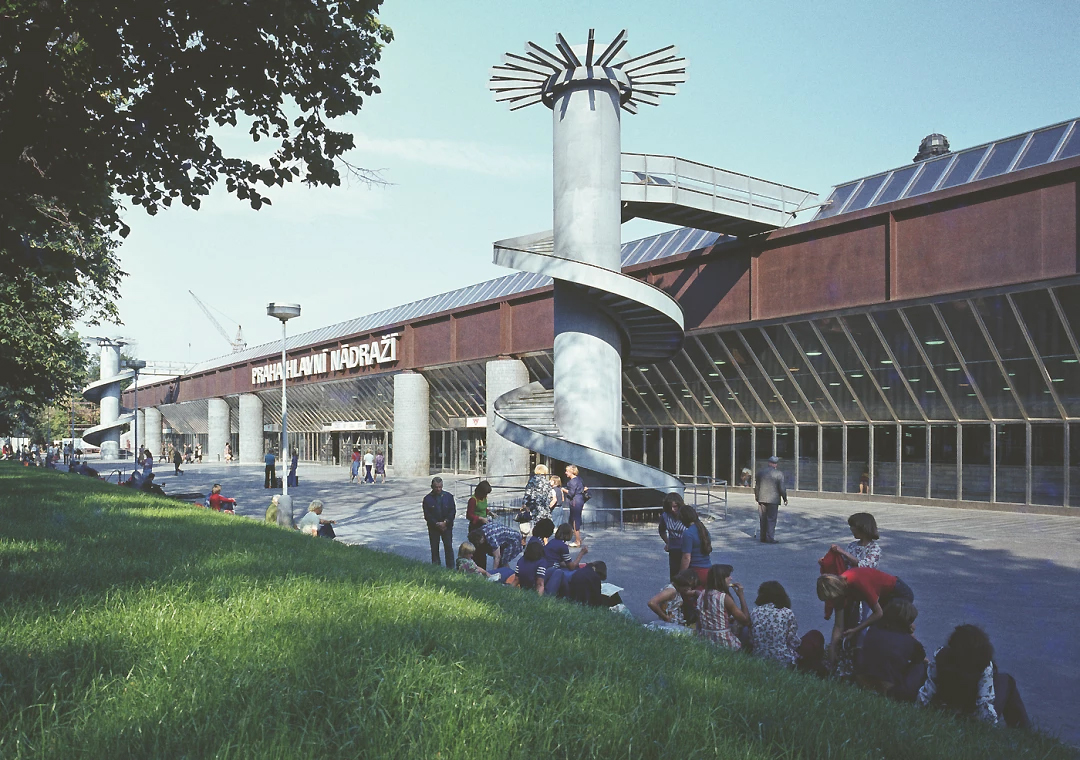
Alena Šrámková , Jan Šrámek, Jan Bočan, Zdeněk Rothbauer, Josef Danda, Julie Trnková, new check-in hall of the Main Railway Station in Prague, 1971-1979. Archive of Vítkovice a.s.
Meet visual artist and musician Vladimir 518, who lectures on Czechoslovak architecture between 1958 and 1989. The Greyscape crowd has a highly developed appreciation of post-war, former Eastern Bloc architecture. However, it seems we are a niche group. Vladimir wants to ‘reset’ the general public’s perception.
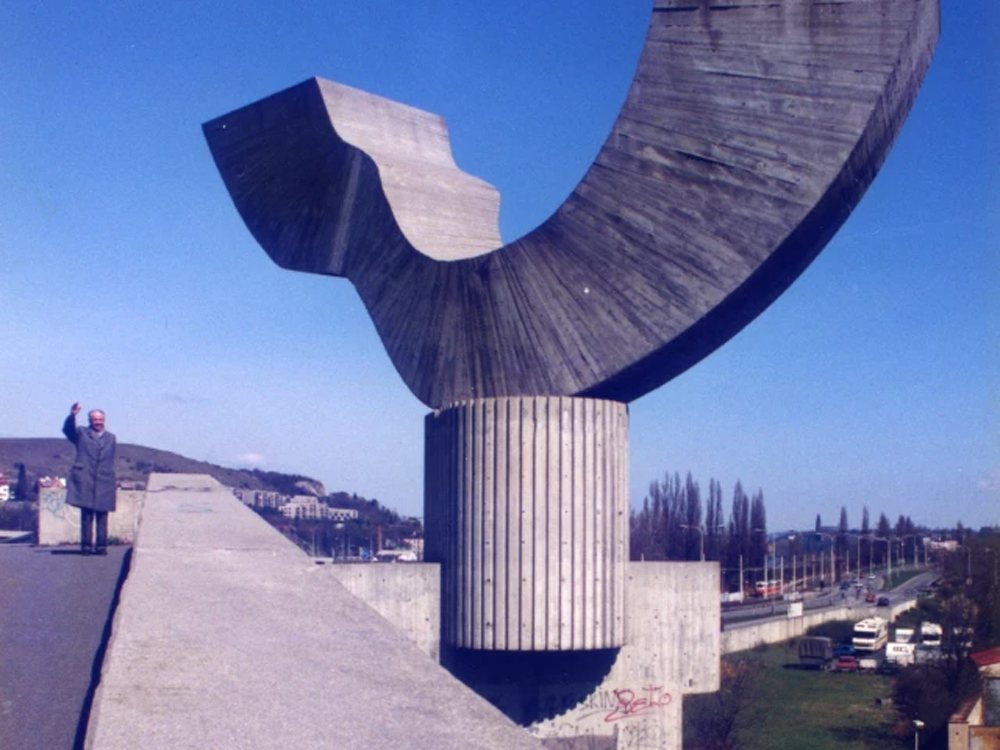
Karel Filsak, View of Karel Filsak and Josef Klimes’ sculpture called Equilibrium on the Barrandov Bridge
The overwhelming body of so-called communist architecture has little in common with this ideology in terms of its formal aspects, yet a layer of negative emotions and misunderstanding still clings to it. Unfortunately, in the long term it has been impossible to find a healthy relationship with this now historical architecture, which is why one important building after another is disappearing from the streets of our cities. If we as a society fail to preserve at least what is left of the quality buildings from the beginning of the second half of the 20th century, we will erase a piece of our own history and cultural memory once and for all.
Vladimir 518
Jaroslav Mayer, interior of the Palace of Culture in Prague with a view of the sculpture of the Sun by Vladimír Procházka, archive of Vitkovice Ironworks
Since the collapse of the communist regime, there has been what feels like an unstoppable desire to tear down anything that has a whiff, architecturally, of communism. It is often negatively labelled architecturally of low value, ‘deemed highly ideological, and seen needing repair’.
Vladimir 518 published Architecture 58-89 as a ‘call to re-evaluate and preserve’. Having made the trip to Hotel Thermal in Karlovy Vary, we have to agree. Vladimir pinpoints two moments – Expo 58 in Brussels (the first post-war World Fair, which ended up centre stage for a Cold War ideological contest between the Soviet Union and the US – with one accusing the other of stealing a replica Sputnik) and the 1989 Velvet Revolution.
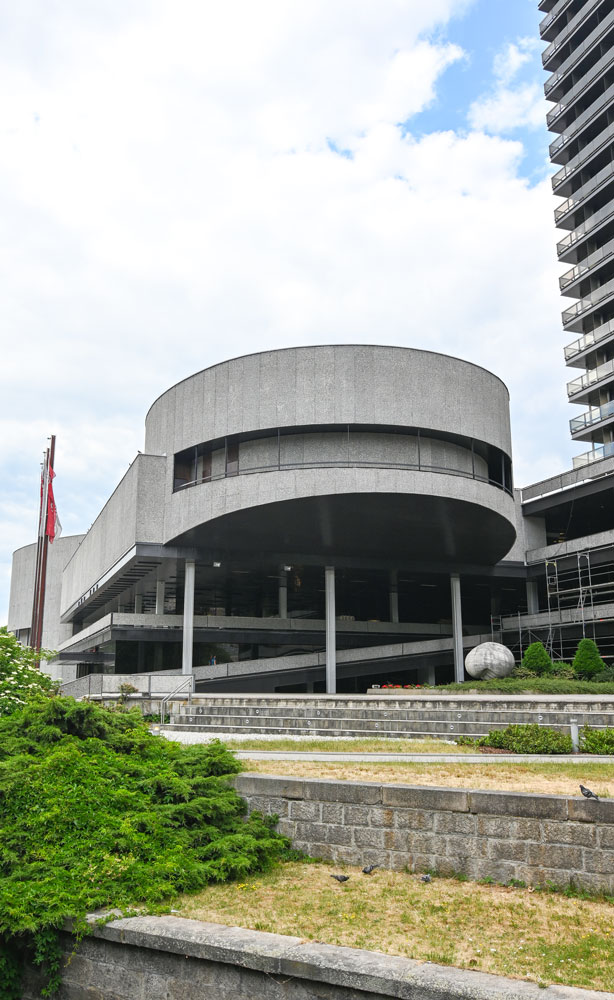
Hotel Thermal, Karlovy Vary. Image Howard Morris
‘His aim is to foster a deeper understanding and appreciation in order to reset the perspective of the general public and preserve those landmarks for future generations’
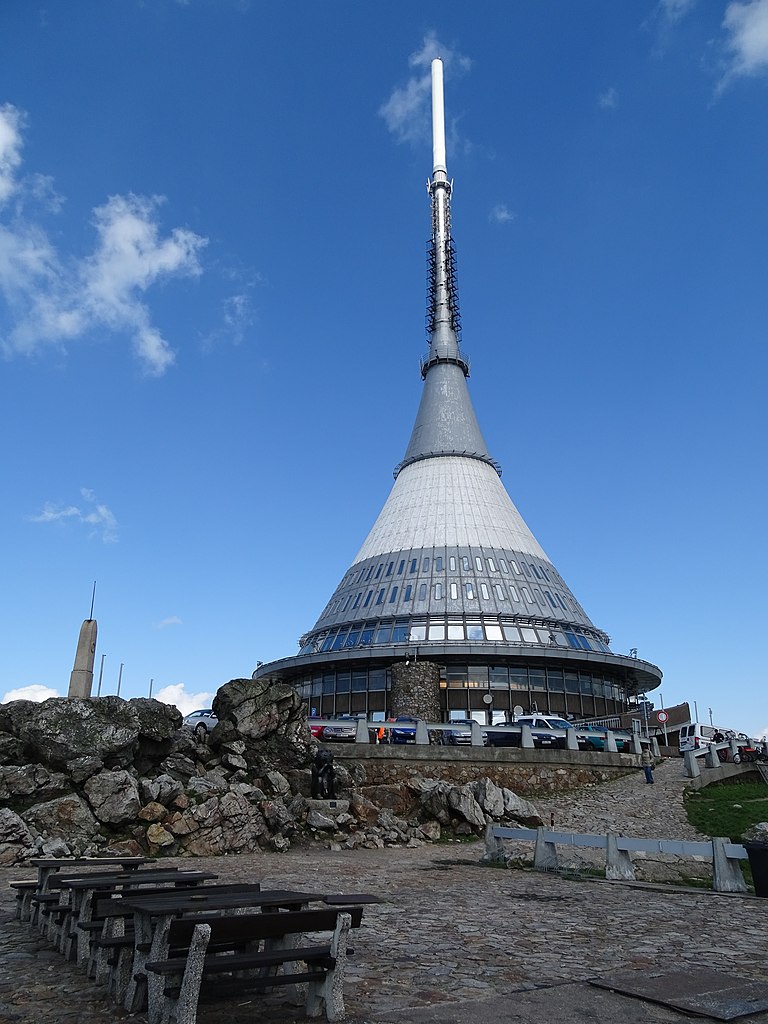
The Jested Tower and Hotel ŠJů, Wikimedia Commons
About Vladimir Broz aka Vladimir 518
The founder of the BiggBoss label and publishing house. His publication, Kmeny (Tribes) was also produced as a documentary series for Czech Television (2015). In 2022, he published Architecture 58-89, a two-volume publication of nearly 1400 pages written by a group of thirty experts, which was followed by a documentary series for Czech Television and a feature-length documentary film. He started out as a prominent figure on the Prague graffiti scene, later devoting himself mainly to music projects, illustrations, paintings, comics and scenography. He collaborated with the experimental theatre group TOW, and is the founder of the audiovisual project SPAM and the comic newspaper KIX. As a musician, he is well known for his projects with the band PSH and his solo albums.
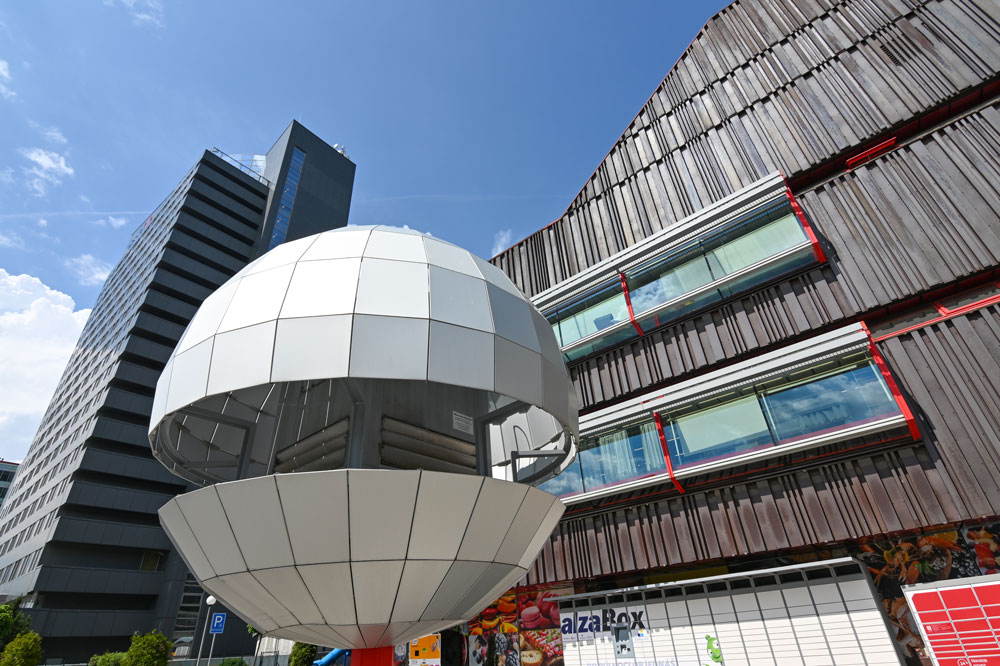
DBK Shopping Centre architects Vera Machoninova and Vladimir Machonin. Image Howard Morris




